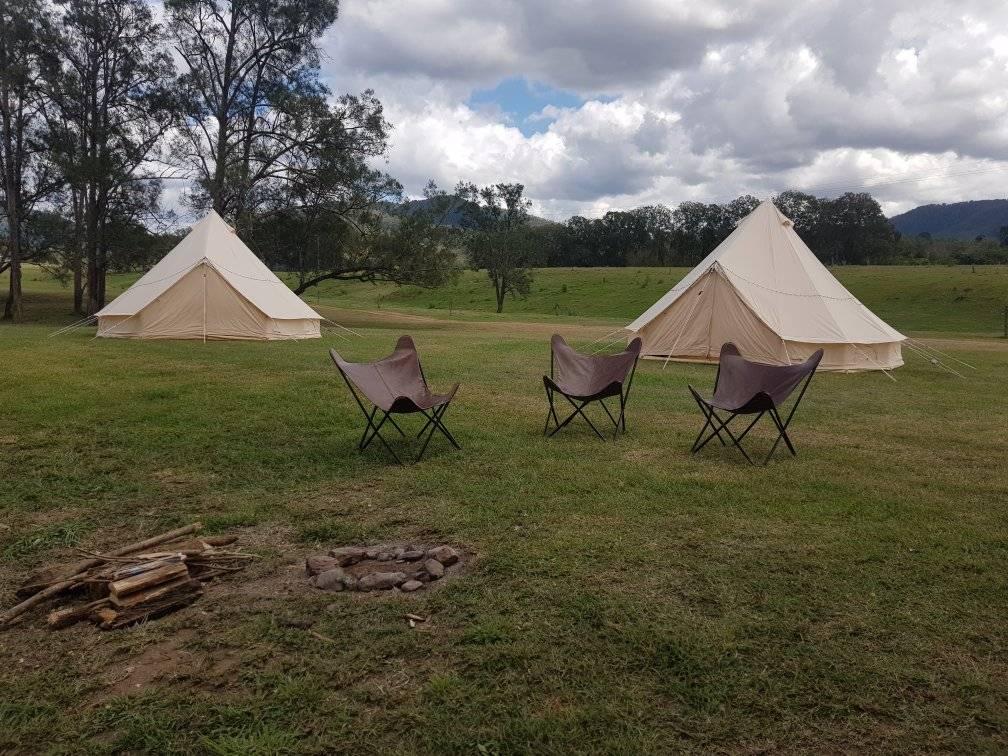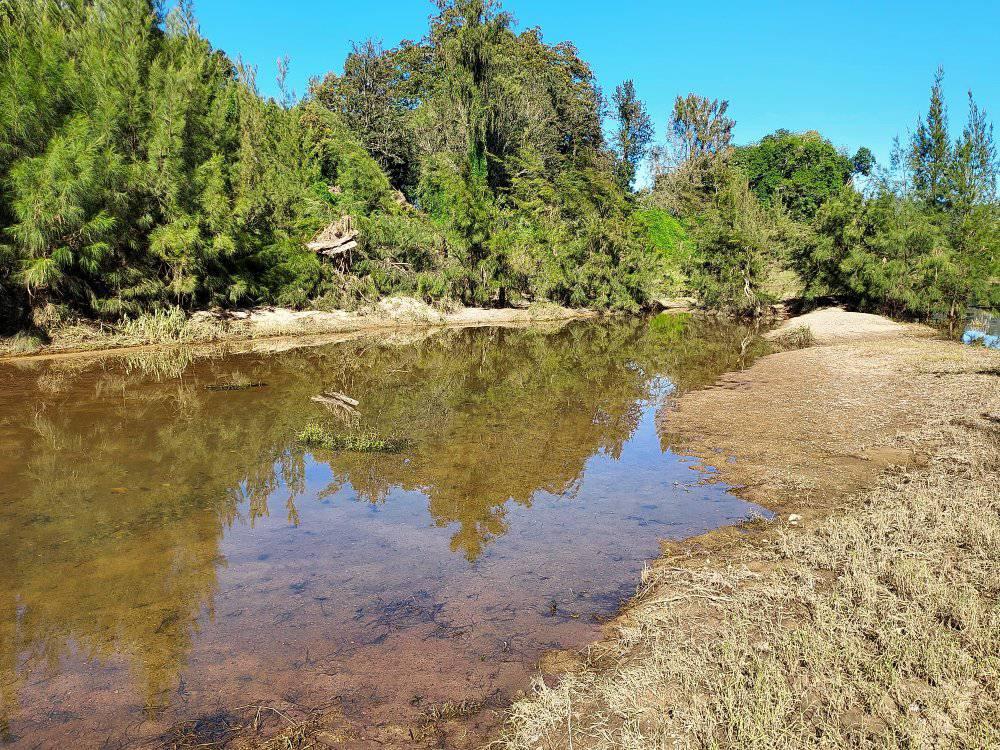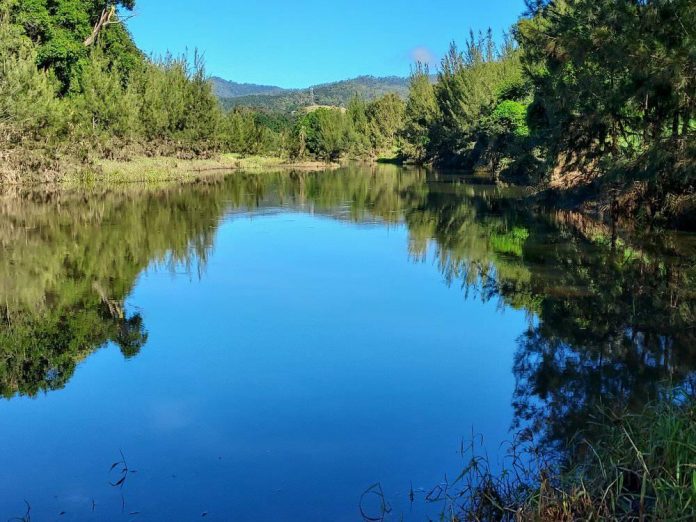A “picturesque” cattle farm that’s popular with campers is seeking to make its operation “lawful” by lodging a development application with council.
Like many farms, Parklands Camping Kenilworth has jumped on the bandwagon and opened its gates to campers as another source of income.
Online platforms like Hipcamp enable landowners to advertise their properties in a similar way to Airbnb, and have been surging in popularity.
However, under Sunshine Coast Council rules, campgrounds require approval and property owners may have to spend thousands of dollars installing facilities.
The council also regulates campgrounds to ensure they are maintained in a clean and hygienic condition.
Parklands Camping Kenilworth is a working stud cattle farm about 2km from Kenilworth, adjacent to the Mary River and Pullen Creek.
The owner has lodged a development application seeking a material change of use to allow nature-based tourism comprising 50 camp sites, amenities and an office.
The farm has been taking campers for about 18 months and has some toilets and showers, but is working with the council to meet the rules.
“As such, this application has been prepared in order to obtain a Material Change of Use permit to make lawful the existing Nature-Based Tourism Use,” states a planning report supporting the development application.

Getting council approval, however, does not come cheap as one neighbouring farmer recently experienced.
Dairy farmer Shane Paulger, of Kenilworth Camping, said he was surprised at how much it had cost to make his farm compliant.
He recently spent some $200,000 on amenities, consultants and fees to come into line with council’s requirements.
The family had turned to camping as a means of “saving the farm” and found themselves in a battle with council which has since been resolved.
“For us it was quite an expensive process, it took us a while, we had to get ecologists and do fire studies and plumbing and specialist consultants; we were scrutinised,” said Mr Paulger.
“But you’ve got to do it by the rules and we got through the other end.”

A council spokesperson said rural camping required a development permit before starting the business and must meet the planning scheme.
Issues to address might include maximum camping numbers, minimum guest facilities, accessibility and connection to relevant services.
“Seeking an approval for a Nature Based Tourism use can be a complex process due to the number of provisions contained in the Planning Scheme that the proposed use needs to be assessed against,” said the spokesperson.
“In relation to compliance of any unlawful rural camping operations, council employs an education-first approach and works with the landowners to obtain the necessary approvals or provides a suitable timeframe for the unlawful use to cease.”
The Parklands Camping development application describes the property as “picturesque open grassland” with dense vegetation along Pullen Creek and large campsites.
“The camp sites will be provided with access to a fully serviced amenities block,” notes the planning report.
“The layout and design of the proposed sites will promote and preserve the natural amenity of the rural locality and provides guests with a quiet and picturesque place to stay in close proximity to the Mary River and Pullen Creek.
“As such, the development is consistent with the character of the area and supports tourism for the local area by harnessing the site’s natural values.
“Furthermore, the siting of the proposed camp sites provides guests with a favourable outlook, which promotes the scenic, heritage and indigenous values of the area.”
The owner proposes using rainwater tanks to service the amenities buildings and wastewater and effluent will be directed to an effluent collection point.
The report says camping is consistent with the area’s rual zoning and should be approved.
The property already contains a home and associated sheds.
The land is subject to flooding which would necessitate a flooding emegency plan, on-site weather station including rain gauge and back-up power.
It is proposed to establish an automated on-site flood gauge which incorporates an alarm.





